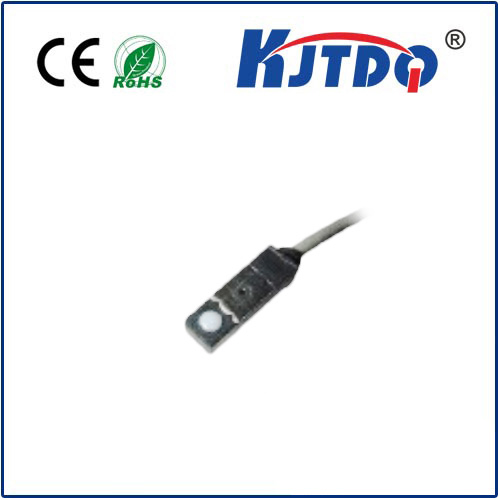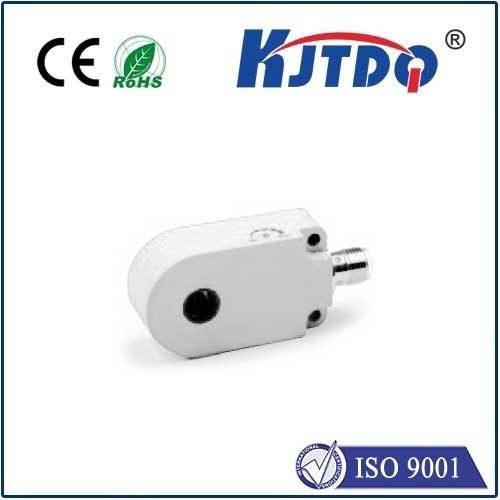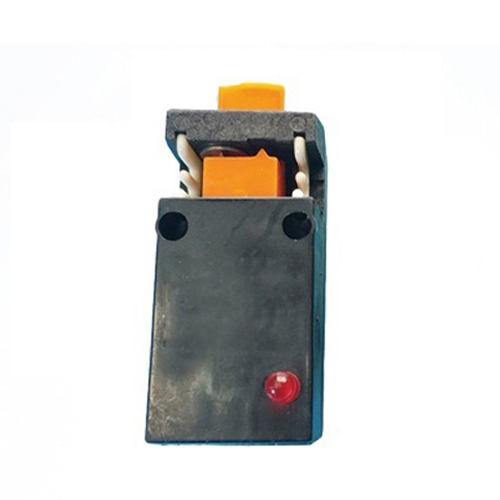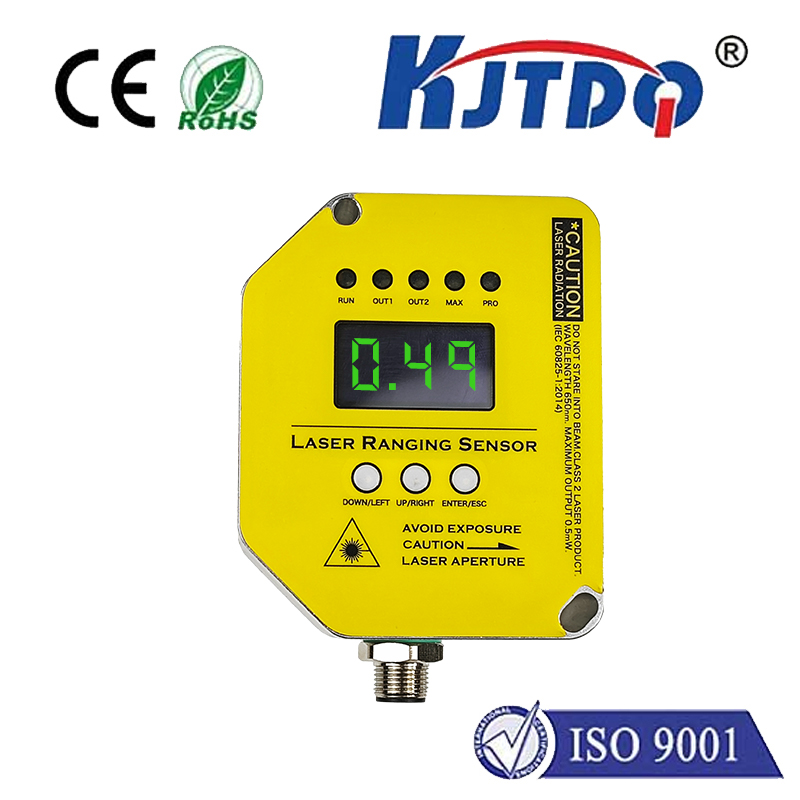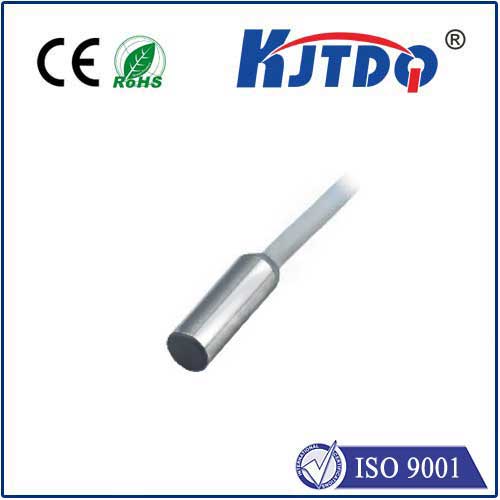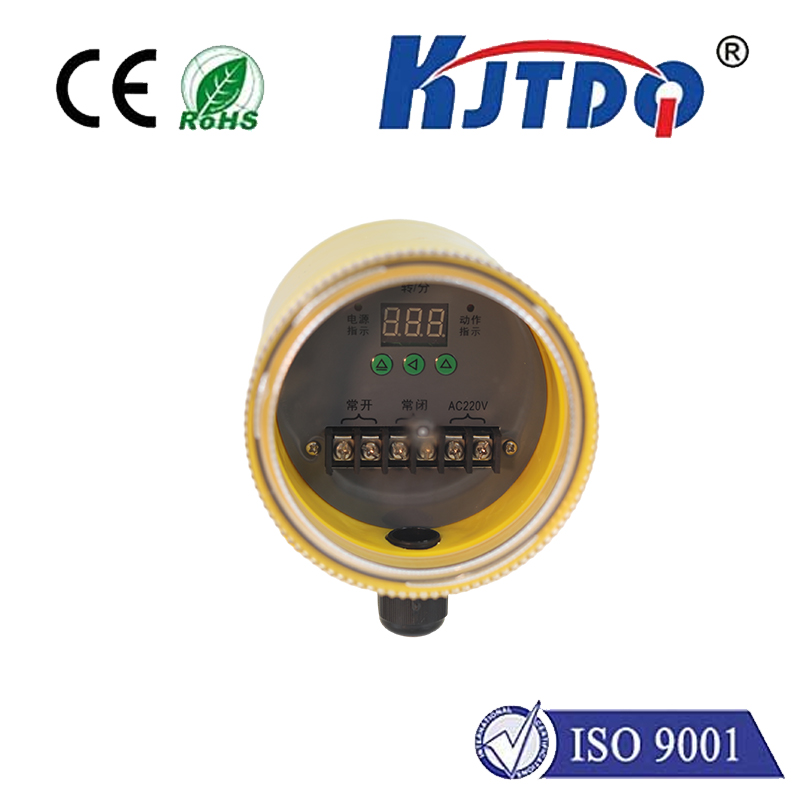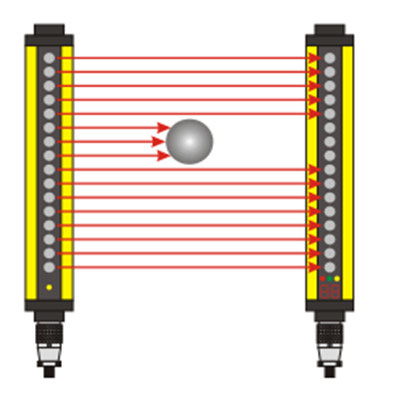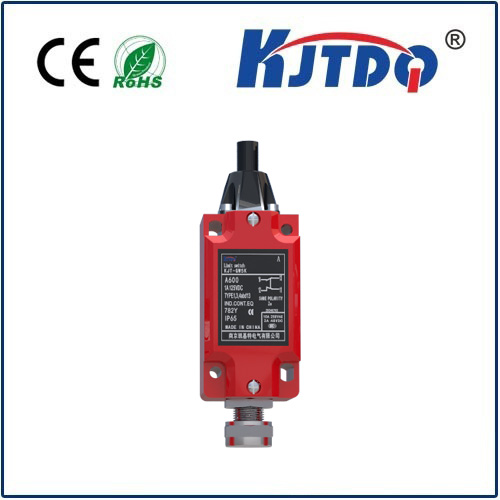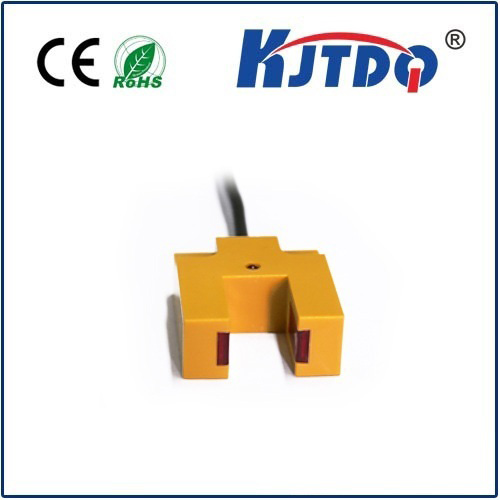plastic proximity sensor
- time:2025-06-15 00:00:07
- Click:0
The Rise of Plastic Proximity Sensors: Affordable, Durable Non-Contact Sensing for Modern Industry
Every fraction of a second counts on the factory floor. Downtime due to sensor failure or the need for constant recalibration is costly. Where metal sensors might falter under chemical exposure, vibration, or budget constraints, plastic proximity sensors are rapidly becoming the go-to solution for reliable, non-contact object detection without breaking the bank. This surge isn’t accidental; it’s driven by the unique advantages plastic housings bring to the demanding world of industrial automation and beyond.
At their core, plastic proximity sensors operate on the same fundamental principles as their metal-cased counterparts: detecting the presence or absence of an object without physical contact. Common technologies include inductive sensors (for metallic targets), capacitive sensors (for both metallic and non-metallic targets, including liquids and granules), and sometimes photoelectric sensing, though photoelectrics often incorporate metal components. The key differentiator lies not in the sensing method, but in the robust, cost-effective encapsulation provided by specially engineered plastics.

So, why choose plastic? The benefits are compelling:
- Cost-Effectiveness Reigns Supreme: This is often the primary driver. High-performance engineering plastics are generally less expensive than high-grade stainless steel housings. Material costs, coupled with often simpler manufacturing processes like injection molding, translate into significantly lower unit costs. This allows for wider deployment across a machine or production line, enhancing overall system monitoring affordably.
- Unmatched Resistance to Corrosion: In environments plagued by moisture, aggressive chemicals, cleaning solvents, or salty air – think food processing plants, chemical facilities, washdown applications, or marine settings – metal sensors can corrode and fail. Plastic proximity sensors, crafted from polymers like PBT (Polybutylene Terephthalate), PPS (Polyphenylene Sulfide), or specialized blends, are inherently immune to corrosion. They ensure longevity and reliable operation where metal simply cannot withstand the onslaught.
- Lightweight & Design Flexibility: Plastic housings are significantly lighter than metal, reducing stress on mounting points and cabling. Furthermore, plastics are molded into incredibly complex shapes more readily than metal can be machined. This provides greater design freedom for sensors needed in tight spaces, unusual mounting orientations, or requiring optimized sensing face geometries. Integration points and mounting features can be molded directly in, simplifying installation.
- Electrical & Non-Metallic Environment Suitability: Plastic proximity sensors, particularly capacitive variants in plastic housings, excel in applications where detecting non-metallic objects (plastic bottles, cardboard boxes, wood panels, liquid levels in non-metallic tanks) or operating near conductive materials (like metal machinery frames) is essential. The non-conductive housing itself minimizes interference issues common with certain metal-cased sensors in these scenarios.
- Electrical Isolation: The non-conductive nature of the plastic housing inherently provides excellent electrical isolation, adding a safety layer in specific applications.
How They Work In Practice (Core Technologies):
- Inductive Plastic Proximity Sensors: These generate an electromagnetic field. When a metallic object enters this field, it causes changes (like eddy current losses) that are detected. Ideal for detecting metal parts, pistons, gears, or conveyor pallets. Their sensing range depends on the coil size and target metal.
- Capacitive Plastic Proximity Sensors: These generate an electrostatic field. Any object (metal, plastic, wood, liquid, powder) entering this field alters its capacitance. This change is detected. Perfect for level detection in non-metallic containers, counting plastic bottles, detecting filled bags, or distinguishing between materials.
- Photoelectric Sensors (with Plastic Housings): While often containing internal metal components, many feature significant external plastic enclosure parts. They detect objects by using light (visible, infrared, laser) – either interrupted by the target (through-beam) or reflected back to the sensor (retro-reflective or diffuse reflective).
The versatility of plastic proximity sensors makes them indispensable across countless sectors:
- Manufacturing & Packaging: Detecting product presence on conveyors, counting bottles or cans, controlling filling levels, monitoring robotic arm positions, confirming part insertion in assembly, end-of-travel detection. Their resistance to dust and debris is crucial here.
- Food & Beverage Processing: Perfect for wet and washdown environments thanks to their corrosion resistance. Used for detecting containers on lines, controlling fill levels in vats, and ensuring packaging integrity. Hygiene is paramount, and plastics meet compliance needs.
- Automotive Assembly: Employed extensively for precision part detection, verifying component seating, robotic guidance, and tool positioning within robotic cells. Vibration resistance is key.
- Material Handling & Logistics: Sensing pallet presence, detecting box jams on conveyors, confirming carton sealing, and guiding automated guided vehicles (AGVs).
- Consumer Goods & Appliance Manufacturing: Detecting plastic components during assembly, controlling dispense mechanisms, and verifying door positions. Cost-effectiveness enables high-volume integration.
- Building Automation: Monitoring door positions, detecting occupancy, and controlling lighting systems.
When selecting a plastic proximity sensor, consider the core parameters: the sensing technology needed (inductive vs. capacitive vs. photoelectric), the required sensing range, the operating voltage (DC or AC), the output type (NPN, PNP, analog), the specific environmental conditions (temperature extremes, chemical exposure, IP rating for dust/water ingress), and the housing material specification to ensure compatibility with harsh agents. Look for reputable manufacturers like Omron, Schneider Electric (Telemecanique Sensors), IFM Electronic, Sick, or Balluff, who offer robust designs with proven reliability.
The trajectory is clear: plastic proximity sensors are no longer just budget alternatives. They are sophisticated solutions engineered to excel in demanding applications where cost, corrosion resistance, weight, and design flexibility are paramount. As material science advances and manufacturing precision increases, their performance envelope and market penetration will only widen. From ensuring a bottling line runs flawlessly to detecting a pallet deep within a cold, humid warehouse, these resilient, affordable workhorses are fundamental to the seamless, intelligent operation of modern systems. They offer reliable, non-contact sensing where metal sensors struggle, proving that sometimes, the strongest solution isn’t heavy metal, but high-performance plastic.












